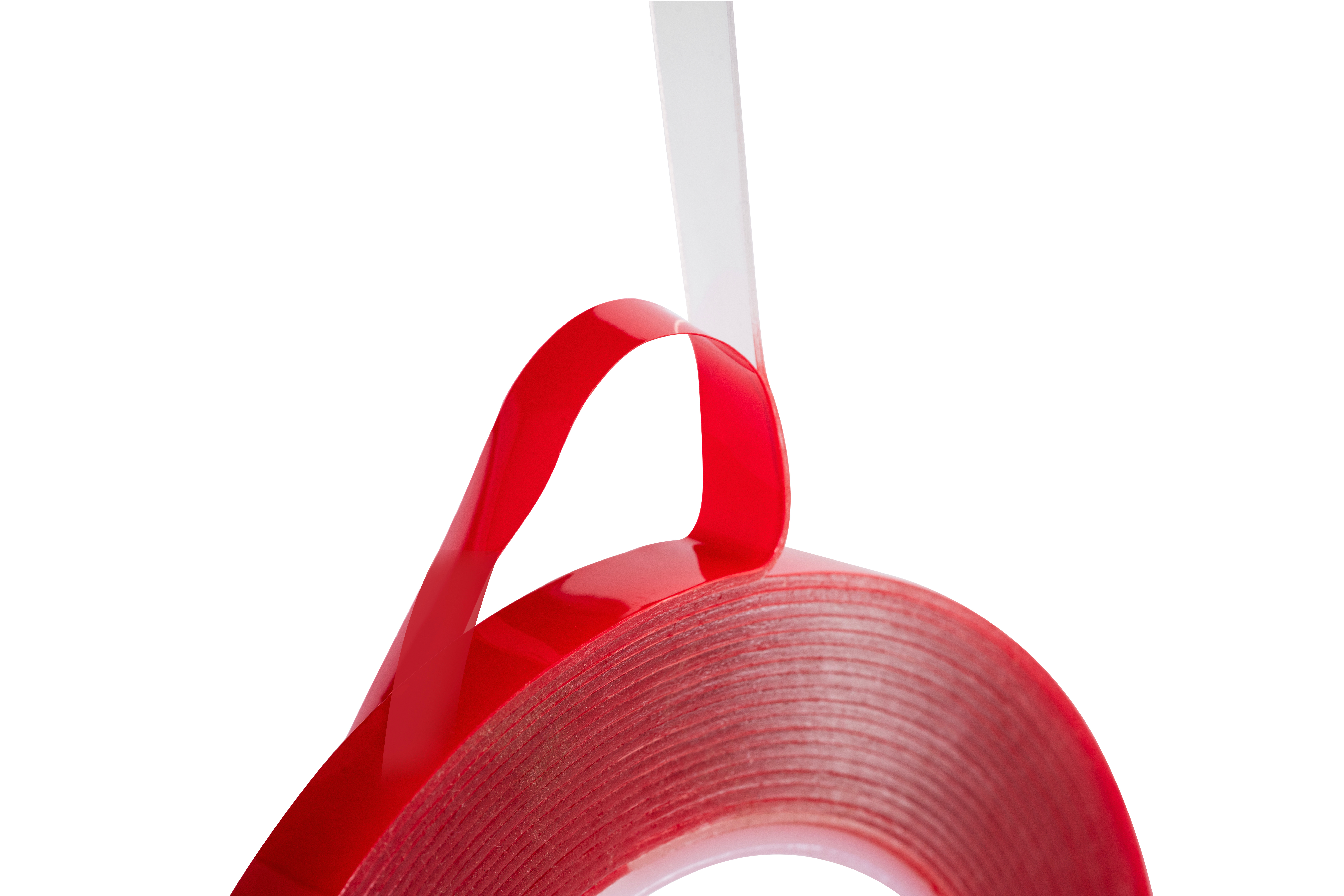
Bond strength is a comprehensive measure of an adhesive's ability to hold two substrates together. It measures the resistance to separation and is affected by various factors, including the type of adhesive used, the bonding surface preparation, and the bonding process.
To fully understand the bond strength of an adhesive, it's necessary to understand the types of stress imparted on adhesive joints. The most common stresses include shear, peel, tensile, compression, and cleavage.
All these terms relate to the integrity of adhesive joints while measuring different strength aspects of the adhesive's performance. Below is a summary of each.
Shear strength measures an adhesive's resistance to forces parallel to the bonded surfaces. It represents the adhesive's ability to withstand pull directed across the adhesive, forcing the substrates to slide over each other. It is commonly tested by subjecting the bonded materials to a force applied parallel to the adhesive joint. A strong adhesive joint should exhibit both high bond and shear strength.
Peel strength is another aspect of the overall bond strength. It represents the adhesive's ability to withstand forces perpendicular to the bonded surfaces. It is the pull that is concentrated at one edge of the joint. Also known as the peel adhesion or peel force, as the names suggest, it is a measurement of the force required to peel apart two bonded materials at a specified angle. Different applications may require adhesives with specific peel strength characteristics, such as when attaching labels or tapes.
 Tensile strength measures the adhesive's ability to withstand forces perpendicular to the adhesive joint (i.e., the adhesive's resistance to being pulled apart from stress applied equally across the joint). Tensile strength is determined by using force to pull the bonded materials apart in a straight line away from each other.
Tensile strength measures the adhesive's ability to withstand forces perpendicular to the adhesive joint (i.e., the adhesive's resistance to being pulled apart from stress applied equally across the joint). Tensile strength is determined by using force to pull the bonded materials apart in a straight line away from each other.
The test for compression strength is similar to tensile strength but in the opposite direction. It presses the substrates together, compressing adhesive in a straight line across the entire surface of the bond line. This measurement is important to understand the adhesive's ability to handle weight.
Cleavage strength is like peel strength in that it measures the pull a joint can withstand when concentrated at one end. The difference between peel and cleavage is that peel strength measures pull forces when one of the substrates is flexible while the other remains rigid. Cleavage strength is the measurement of pull between two surfaces that both remain rigid. Understanding cleavage strength is essential for many structural bonding applications.
Helpful Tip: Using our online product finder can help you select the right product for the job. Once you’ve navigated to the main Sealants and Adhesives page, you can filter your options based on up to 16 categories of attributes that may be important to your specific requirements. Just a few include Chemical Base, Flash Point, Density, Application Temperature, Tensile Strength, Cure Mechanism, Tack Free Time, substrates, and more.
The choice of adhesive and the specific testing methods depend on the intended application and the types of forces the adhesive joint will encounter. Please note it's vitally important to follow the manufacturer's directions for optimal cure time before testing the application of any sealant or adhesive. Test results before the product is fully cured may be inaccurate and lead to an incorrect conclusion about the product's effectiveness.
Austin Hardware employs several sealant and adhesives specialists to provide expert advice on choosing the right product for any application. Contact your nearest Austin Hardware location for assistance today. This is the second post in our Sealants and Adhesives blog series. To read the first, a guide to common terminology, click here.










